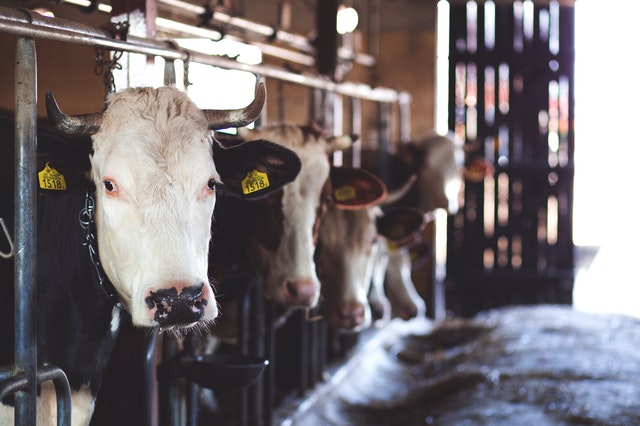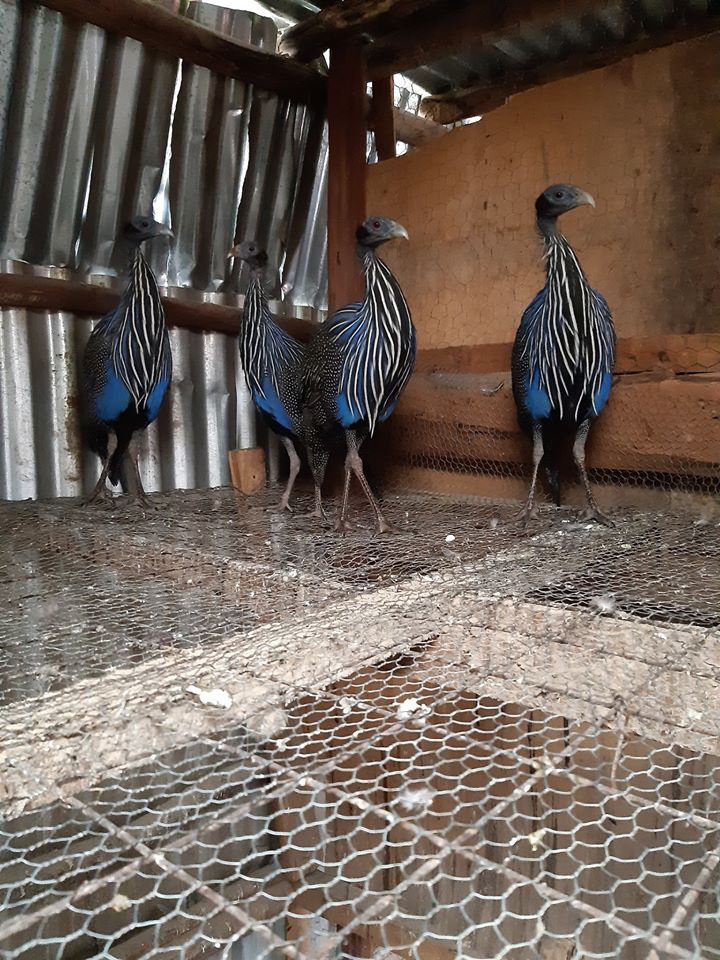 By George Munene
By George Munene
Whilst rabbits are adaptable and hardy animals, their diseases often prove fatal due to the lack of drugs dedicated to their treatment, a dearth of veterinarians with any rabbit-specific background, and a paucity of information on their treatment.
As a result, easily communicable ailments such as colds and diarrhea can easily wipe out your entire colony and most of your investment with it.
But these common rabbit diseases can be simply treated on the farm, as detailed below.
- Fevers, cold and coughs
Prevention
- Properly walled and located housing, especially facing away from draught
- Ensure your hutches are leakproof and always dry
Symptoms
- Coughs
- Nasal discharge
- Ears are warmer than normal
Treatment
- Enrocin type antibiotic drops administered for 3-4 days orally
- Daily Gentamicin injection to thigh for 3 days (severe cases)
- Diarrhea
Diarrhea can be fatal to rabbits as it leads to the blockage of the rectal cavity.
Diarrhea and ‘sticky butt’, as in chicken, is at times experienced in weening rabbits in their transition from a milk-exclusive diet to pellets and forage. Caking on the anal region blocks bowel movement causing death, the farmer thus needs to check on the kits often as they leave the nesting box.
Related News:Factsheet: Selecting the best breeding rabbits for meat – Part 1
Prevention
- Offer clean feed and water
- Dry out excessively dump forage before feeding
- Ensure cages are clean
- Reduce drinking water provided
- Ease the transition from mother’s milk to solid food, don’t start kits off with fresh feed.
- Wipe the dung off rabbit kits’ bum to avoid blockage
Symptoms
- Runny fecal matter pasted on rabbit’s bum and on rabbit cage floor.
- ‘Sticky butt’ in kits
Treatment
- A regimen of one injection of Sulphur medicine to the thigh for 3-4 days
- If the problem has spread to many rabbits mix into pellets Sulphadimidine and Furazolidone tablets for 3-4 days
- Bloat
Rabbits are monogastric animals, meaning they have only one stomach, but they are ruminants. This means they don’t chew cud like cattle and all the plant water taken in can fill up their stomachs, leading to blockage.
This can be easily avoided by not offering fresh greens directly plucked from the shamba.
As with diarrhea, weaners are especially affected and special attention should be given to rabbits being introduced to a solid food diet. Other than at birth and in the first few days after birth, farmers suffer the most losses of their litters during the weaning phase. Easing this transition by offering them few concentrates and even less dried greens will help lower the mortality rate.
- Dermatitis
Prevention
- Proper ventilation within cages
- Well cleaned out cages
- Giving ivermectin oral drops to control worms and dermatitis
- Putting Albendazole tablets in feed to control worms
Physical symptoms are quite evident as crusty flakes on the animal’s face and ears.
Related News: Thika company urgently looking for rabbits to meet rising meat demand
Treatment
- One injection of Ivermectin followed by an equal proportioned escabio oil and coconut oil ointment mixture applied over affected patches.
- For younger rabbits, offer ivermectin oral drops
- Neem oil ointment application
- Ivermectin may induce abortions in pregnant doers, ointment treatments are preferred as an alternative
- Ear Canker
Prevention
- Regular cleaning of the rabbit hutches
- Avoid dust and fur buildup within the house’s crevices
Symptoms
- The rabbit will be itched visibly irritated, regularly scrapping at its ears
- If severe, it leads to appetite loss and a disruption to the rabbit’s routines
Treatment
- Apply medicated liquid paraffin to affected ear parts
- Wounds
While technically not a disease, wounds are a prevalent problem for any rabbit farmer. Most do heal naturally, though, a recurrent or deep wound left to fester can cause an infection to rabbits.
Prevention
- Hutch walls should be smooth with no protrusions or sharp edges.
- If the cages are of meshed, ensure no wire tines are sticking out
- Avoid having sexually developed uncastrated bucks in the same hutch
- Don’t have mature doers within the same enclosure, especially during their on-heat cycles
- Avoid overcrowding; being that rabbits are territorial, this inadvertently leads to fights
- Introduce the doer to the buck’s cage for crossing, not the other way around
Treatment
- Clean off wound with Dettol and apply an antibiotic for 3-4 days
- If severe, inject animal with an antibiotic daily to the thigh for 3-4 days
Most rabbit diseases can be avoided by ensuring rabbit hutches are well cleaned and are dry.
Considering standard rabbitry construction specifications will also enable you to head off potential illnesses in your rabbits.
For medicines, dosage levels are dictated by the rabbit’s weight and the severity of disease.
A 1 milliliter syringe and needle won’t puncture any vital rabbit organs. For oral drops, use a 2ml needleless syringe.
Write comment (0 Comments)




 By Brian Moseti
By Brian Moseti











